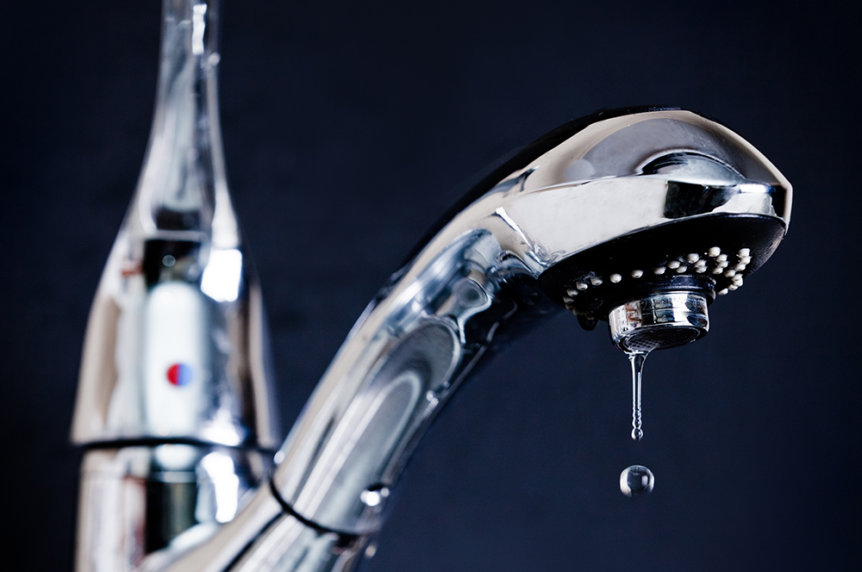One of my passions is retirement savings. From my very first Tax Sheltered Annuity in 1981, I’ve been a diligent retirement saver. I talk about retirement savings with every client and seek volunteer opportunities too. I am very familiar with the ways we can save for retirement, but recently I learned a new phrase: leakage. I have so much experience with leaks! Water intrusion and I go way back… However, this leakage is relevant for so many, and the consequences are important to understand.
In the Wall Street Journal a few weeks ago, I read an article entitled “401(k) or ATM? Automated Retirement Savings Prove Easy to Pluck Prematurely.” Ann Tergesen writes “within 401(k) plans, auto-enrollment has boosted average participation rates above 85%, compared with 63% for plans without the feature…”.
To increase participation rates, many employers have gone to an “opt out” strategy: every new employee is automatically enrolled in the retirement plan, usually at a 3% default savings rate. One must opt-out if they do not want to participate. The good news is participation rates are up. However, the article notes many auto-enrolled also take funds out of their retirement accounts: “…over 60% of 401(k) participants with balances under $10,000 liquidate their accounts — paying income taxes and often a 10% penalty.”
This tapping of retirement funds early, is known in the industry as leakage. Leakage “…threatens to reduce the wealth in U.S. retirement accounts by about 25% when the lost annual savings are compounded over 30 years…“.
Why are those with small accounts taking the funds out pre-retirement? It could be the retirement account is their only savings. Without adequate emergency savings, one must look to other savings, even with the consequence of a 10% penalty, income tax, and loss of compounding which is important for retirement funding. If spending is higher than net income, there could be a need to liquidate another account. It could also be due to changing jobs, and without proper financial education, those with small balances may perceive it to be easier to liquidate the account than roll it over to another retirement savings account.
I recently spoke with the State of California, as they are thinking of adding a state-run retirement savings program for employees who have no retirement savings plan through their employer. Employees would be automatically enrolled in a 3% salary deduction and would need to opt-out if they do not want to participate.
A few issues to consider: (1) 3% of one’s income usually isn’t enough to save for retirement and (2) we should teach the importance of retirement savings and compounding. For participants who start saving early (in their 20’s), 10% of income is a good retirement savings target. I heard the State program will start at 3% but anticipates increasing the savings percentage annually by 1% until it reaches 8%. Also, let’s make sure we educate the population on the need to save. The long-term future of our Social Security system is uncertain, and the benefit may not be enough to sustain a desired lifestyle. For those reasons, let’s make sure we have our own funds put aside for when we no longer have wage income.
It is my job to educate as many as possible to avoid leakage! Having an emergency fund (3-6 months of living expenses in a savings account) is one way to avoid spending retirement savings. I will work toward everyone having that fund, understanding compounding and living within their means or risk springing a leak!



